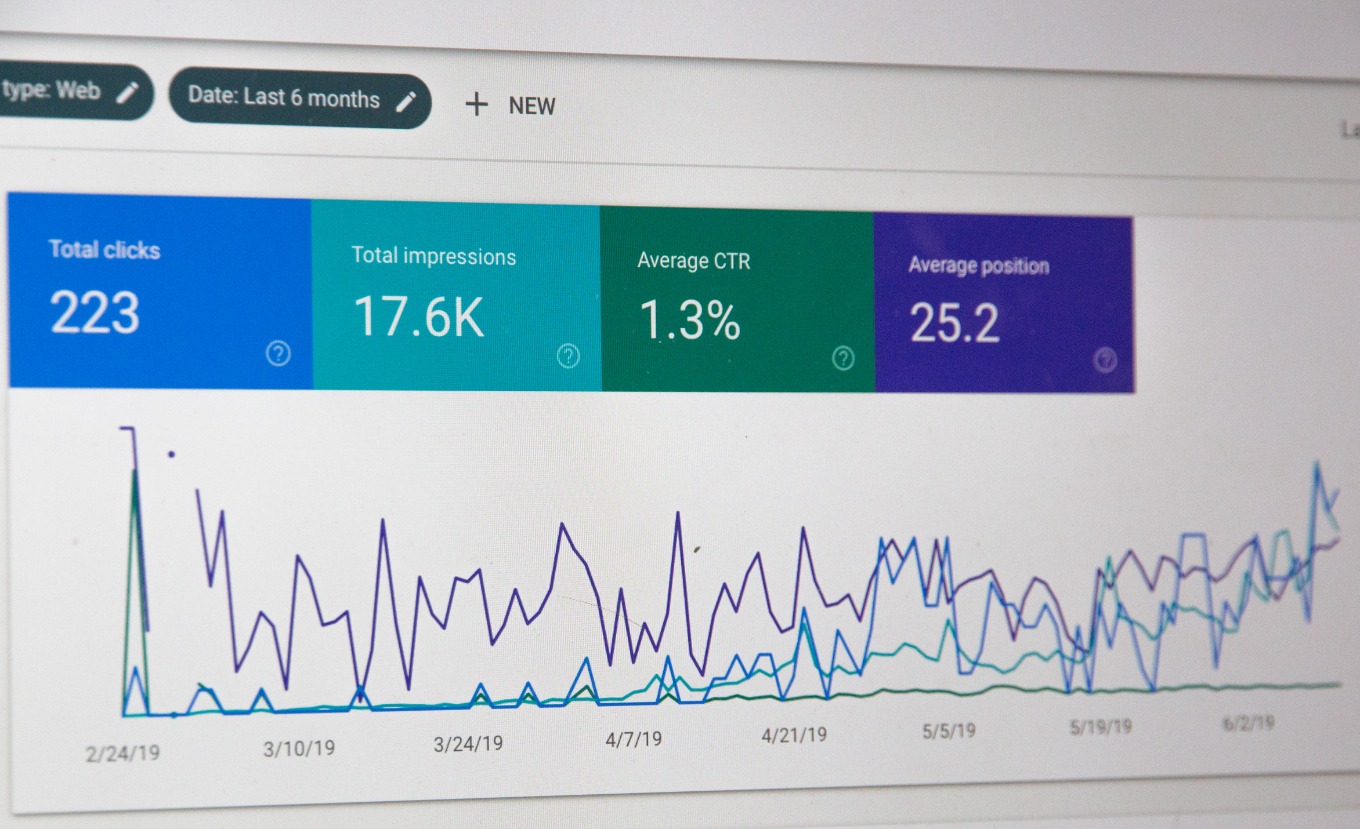8 Things I Wish I'd Known About Emergency Response Planning Services Before Hiring One
In the realm of risk management, emergency response planning services hold a pivotal role. A deep dive into these services reveals a rich tapestry of theoretical implications, practical applications, and the underlying importance of expertise and preparation. In hindsight, there are eight key aspects that I wish I had understood more profoundly before engaging one of these specialist agencies.
Firstly, the very crux of emergency response planning services is rooted in the proactive assessment of potential risks and threats, rather than reactively addressing them post-occurrence. This preventative aspect is a cornerstone of emergency management theory, linking back to the principles of disaster risk reduction (DRR), a concept born from the Hyogo Framework for Action implemented by the United Nations in 2005. Understanding the long-term strategy of risk reduction would have significantly changed my initial expectations and approach towards these services.
The second aspect revolves around the intersection of these services with legal parameters. In numerous jurisdictions, the Occupational Safety and Health Administration (OSHA) regulations necessitate that workplaces have a comprehensive emergency response plan in place. This legal imperative underscores the potential liability risks for organizations, and could result in punitive damages should an organization fail to comply, thus amplifying the importance of professional emergency response planning services.
Thirdly, an understanding of the inherent qualitative and quantitative analysis involved would have been beneficial. These services employ a range of analytical methodologies, from the probabilistic risk assessment (PRA) to the influence of heuristic biases on risk perception. The interplay between hard data and the less tangible human elements of perception and decision-making is a nuanced balance that these services navigate expertly.
The fourth consideration is the role of technological advancements in this field. From Geographic Information Systems (GIS) to sophisticated simulations, technology has revolutionized the way emergencies are predicted, planned for, and managed. Yet, each technology comes with its own set of trade-offs. For instance, while GIS provides invaluable spatial data, it is dependent on accurate input and is only as good as its most recent update.
Fifthly, the process of emergency response planning is not a one-size-fits-all proposition. Tailoring to specific industry needs, locale, and other context-specific variables is crucial. This customization can drastically alter the cost and time frame of service delivery. A more nuanced understanding of this could have led to more efficient and effective planning on my behalf.
The sixth point is the importance of continual evaluation and updates. Emergency response planning is not a static process but involves constant revision to account for changes in threat profiles, updates in technology, and shifts in organizational structure. This iterative element is a pivotal aspect of maintaining an effective emergency response plan.
The seventh aspect I wish I had known is the importance of training in the successful implementation of a response plan. The best-laid plans can falter without effective execution. Services often provide training drills, workshops, and simulations to ensure staff are equipped to handle emergencies effectively.
Lastly, the role of communication in the planning process is of paramount importance. The two-fold function of communication, both in the planning phase and during an actual emergency, can make the difference between chaos and coordinated response. Understanding this would have underscored the need for a robust, multi-channel communication strategy.
In conclusion, the engagement of emergency response planning services is not a transaction, but an ongoing process of collaboration. It requires a deep understanding of risk assessment, legal imperatives, analytical methods, technological tools, customization, iterative updates, training, and communication. Had I known these eight points before hiring a service, I would have approached the process with more informed expectations, a deeper understanding of the service's scope, and a greater appreciation for the complexity and importance of this field.
In the realm of risk management, emergency response planning services hold a pivotal role.






